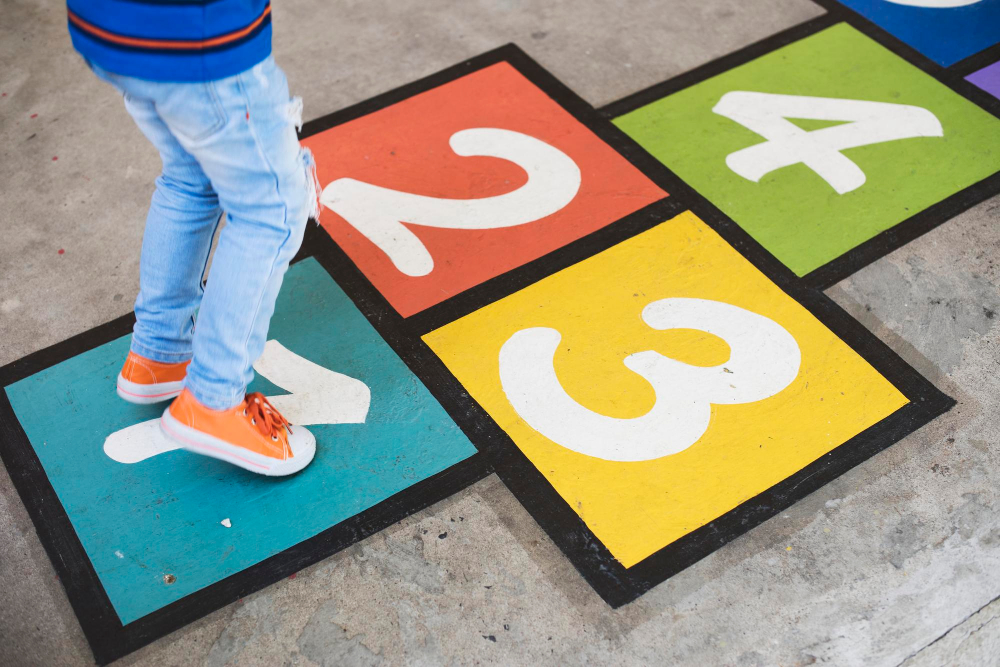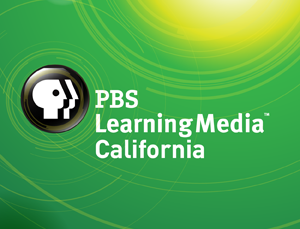 Sensory movement pathways encourage regular physical activity, helping students stay active and combat sedentary behaviors. Regular movement can contribute to improved cardiovascular health, better muscle tone, and enhanced overall physical fitness.
Sensory movement pathways encourage regular physical activity, helping students stay active and combat sedentary behaviors. Regular movement can contribute to improved cardiovascular health, better muscle tone, and enhanced overall physical fitness.
Benefits of sensory movement pathways
Cognitive Engagement
Physical movement has been shown to stimulate brain activity and enhance cognitive functions such as attention, memory, and problem-solving skills. Sensory movement pathways provide a way for students to take short breaks from classroom activities, potentially boosting their ability to focus and retain information.
Cognitive “isolation” is a real obstacle and often can be reduced with the use of sensory pathways, which allows authentic expressions of expression in movement. When all students have the opportunity to engage in inclusive teaching tools like sensory pathways, there is a greater opportunity for nature play.
Sensory Integration
Sensory movement pathways engage multiple senses, including touch, balance, and proprioception. These sensory inputs contribute to sensory integration, which is crucial for children’s overall sensory development and can positively impact their ability to process information from their environment.
Stress Reduction & Behavioral Regulation
Physical activity, especially activities that involve rhythmic or repetitive movements, can help reduce stress and anxiety. Sensory movement pathways offer students a way to release pent-up energy and manage emotional stress, promoting a more conducive learning environment.
Behavioral Regulation
Engaging in physical movement through sensory pathways can help students to regulate their behavior and emotions. Movement breaks can provide an outlet for excess energy and frustration, reducing the likelihood of disruptive behavior in the classroom.
Improved Mood
Physical activity is known to trigger the release of endorphins, which are natural mood boosters. Incorporating sensory movement pathways into the school day can contribute to a more positive and uplifting atmosphere, enhancing students’ overall well-being.
Variety & Engagement
Traditional classroom settings can sometimes become monotonous, leading to boredom and disengagement. Sensory movement pathways introduce variety into the learning environment, making school more enjoyable and interactive for students.
Inclusive Learning
Sensory movement pathways can be tailored to accommodate various sensory preferences and needs, making them an inclusive tool for students with different learning styles, abilities, and sensory sensitivities.
Brain Development
Physical movement, particularly activities that involve cross-lateral movements (movements that engage both sides of the body), can support brain development by fostering connections between different brain regions.
Skill Development
Sensory movement pathways often include activities that challenge balance, coordination, and motor skills. Regular engagement with these pathways can lead to improved motor skills and body awareness. Again, children who are motorically unique due to developmental/neurological issues often miss out on vital cognitive/social skills acquired from play/practice with fellow peers.
As a result, those students get pushed further and further away from traditional movement experiences. Traditional school and community-based recreation activities all begin from “foundation skills” such as general coordination, core strength, balance, body awareness, etc.
Social Interaction
Sensory movement pathways can be designed for group activities, encouraging social interaction and cooperation among students. This can help build positive peer relationships and teamwork skills.
Takeaway
By embracing and incorporating sensory-rich experiences and movement interventions, caregivers, educators, and parents can create environments that cater to the diverse developmental needs of all children.
Excerpted from “Unveiling the Research-Based Benefits of Sensory Movement Pathways for Children” in Spaces4Learning magazine. Read the full article online.
Authored by Timothy D. Davis, PhD and Matthew Schinelli M.ED. Dr. Davis is a professor in the Physical Education Department at State University of New York at Cortland and the Chair of the Adapted Physical Education National Standards and Certification Exam and the Director of the Sensory Integration Motor Sensory/Multi-Sensory (SIMS/MSE) Lab. Matthew Schinelli has served as a leading expert in the field of Inclusive Movement Services.







